Return to Australia – The Atlantic, Part 1
It was an early start to the day, as befits the beginning of any big adventure. I was at the airport at around 0530am, pulling Planey out of the hangar and performing pre-flight checks. Over the previous days and weeks Shane and I had been working hard to prepare Planey for the trip; we completed a thorough annual inspection and did our best to eliminate every little squawk on my running list, however minor. A new battery and Emergency Location Transmitter were fitted, and the alternator refurbished. A tiny oil leak from the oil pressure transducer was finally defeated, and the seals on the nose strut replaced with a new “Australian Seal Kit”, rather fittingly (this has “beefier” components than the standard kit).
As I taxied, the control tower came online after their usual overnight closure. A few minutes after 6am I was roaring down the runway at Sugar Land Airport and climbing north. Houston Approach cleared me through their Class B airspace and I was soon leveling off at my chosen cruising altitude of 7,500 feet. Dawn slowly appeared on the horizon ahead as I raced northeast across Texas and into Louisiana.
My chosen altitude kept me clear of any controlled airspace after leaving the Houston Class B, so I flew a dead straight line to my first destination of Ann Arbor, Michigan. This was a distance of a little under 1,000 nautical miles and took a little under 8 hours; for much of the flight I had headwinds of up to 20 knots.
After a short stop to refuel, and take care of some logistics, I took to the air once again. This time I was heading east. The next destination was Zelienople airport, just north of Pittsburgh, which had been my base for many years and was still home to plenty of dear friends.

Here I would perform an oil change, ready for the upcoming crossing of the Atlantic, and pick up my most experienced of copilots. Juvy had crossed the Pacific with me the year before, as well as coming along on plenty of other adventures such as Alaska, and had jumped at the chance to add the Atlantic to her ocean-crossing experience.
The aircraft work went smoothly and before long I had eaten at my favourite local burger restaurant, and made my way to a cheap hotel for the night. I would be up again long before dawn for day 2.
My alarm went off at 5am. Before even rolling out of bed I groped for the iPad and loaded the latest weather. It looked like IFR conditions for Maine and points east, but nothing too awful; ceilings at 1,000ft or above, and reasonable visibility. Satisfied, I threw my belongings back into my bag and was back in my borrowed car and heading to Zelienople airport by 0515.
It wasn’t quite as cold as I’d expected, at about 6 Celcius. Unlike when I departed on my flight around the world, I had remembered to bring a jacket this time. Actually, it was the same one which I’d bought in Chibougamou back in 2019 after arriving there and realising it was still very cold in the north. I grabbed a hot chocolate and a donut from the Sheetz station along the way to keep the energy up.
The airport was dark but not deserted; there was a little bit of activity at the private jet center. The light aviation end was a ghost town though. Planey sat where I’d left him, covered in a fine layer of dew. Not long after my arrival, Juvy pulled in, and after loading our bags we jumped in and started the engine. Here we go again.
Winds were calm, so I selected runway 35 for departure; this was closer to our direction of flight and also has a bit less terrain to worry about on climb out. Pre-takeoff checks were flawless and off we went into the pre-dawn air, turning right on course for Houlton at the very eastern edge of Maine.
The ADS-B weather showed some precipitation along our route over Maine. It was moving off to the east, so I set course direct for Houlton on the assumption that the rain would have moved off to the east by the time we were closer. With nearly 50kts of wind blowing from our left side we flew across the northeast in a crabbed fashion, ground speed fluctuating between 145 kts and 165 kts depending on how exactly the wind shifted.
The temperature at 7,500ft dropped steadily as we headed northeast, and the barometer dropped alongside it – slowly at first, and then precipitously. From an initial setting of 30.12 mmHg it declined to 29.72 by the time we entered Maine, and then further still, to an incredibly low 29.34 in Houlton.
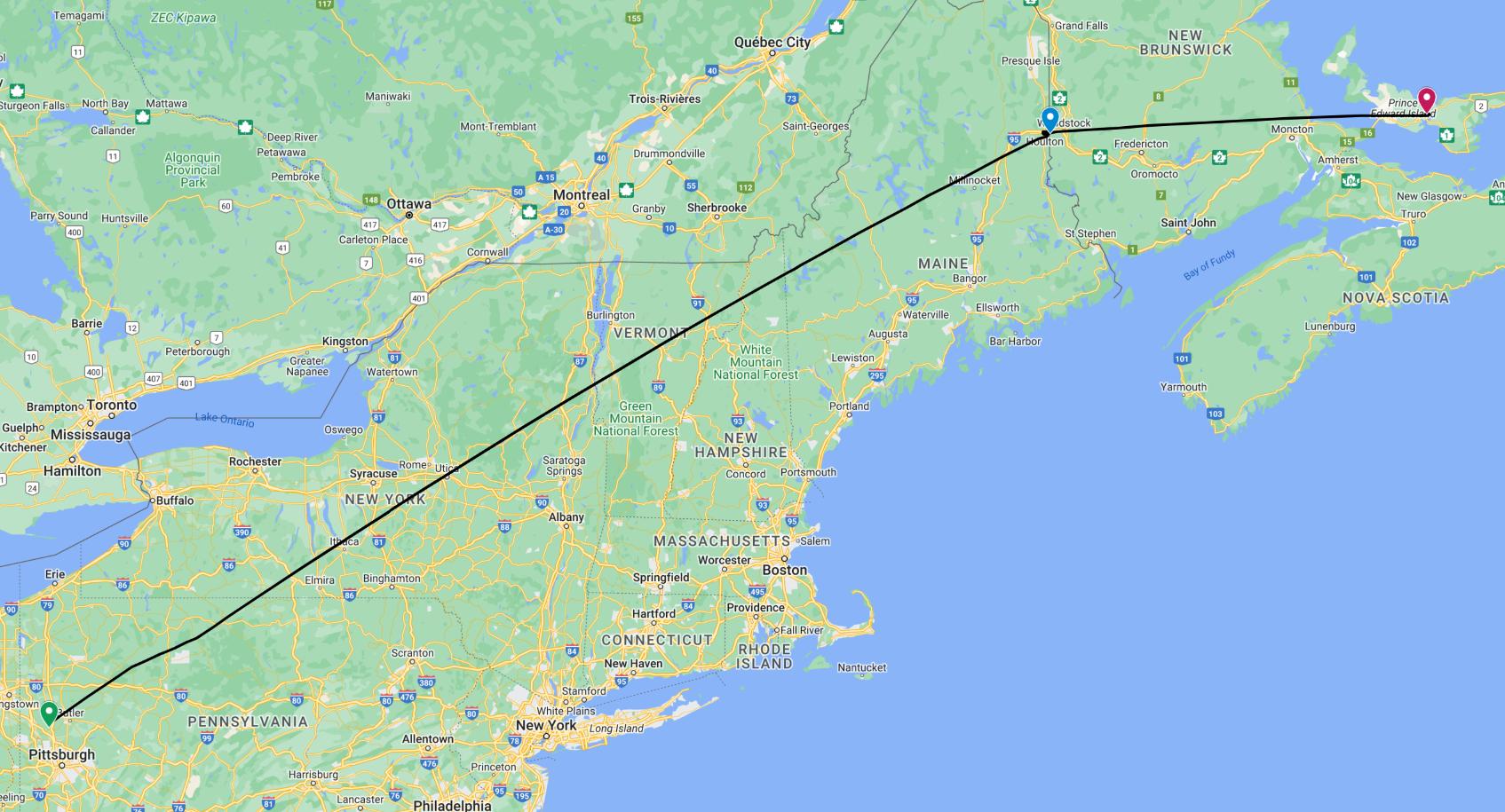
The cloud tops rose below us as we flew and soon we were into them. With the temperature now at -10C ice immediately started to accumulate, so we climbed a little back to clear air. The ice remained on the airframe, just a small amount, but at least no more was forming. Gradually what was there would sublime away into the cold air.
We cruised onwards past Mt Katahdin, the highest mountain in Maine. The mountain’s Baxter Peak is the northern terminus of the famous Appalachian Trail hiking route, which stretches south along the mountain range of the same name for a distance of almost 2,200 miles. Sadly, today the mountain was shrouded in cloud, so we saw nothing of it as we flew by. Soon we were approaching our fuel stop of Houlton and I started a descent, picking our way through the clouds as we went.
Crossing the border from the USA to Canada is fairly straightforward. On the US side, an “EAPIS” declaration must be filed online listing details such as origin and destination, time, location of border crossing, and crew/passenger details. The Canadians request the same information, but by phone. Both countries require at least a couple of hour’s advance notice, and a flight plan must be filed and activated for the crossing. Stopping near the border, at a place like Houlton, meant that we could fine-tune our departure and arrival times to match our advance declarations as closely as possible, and was also an opportunity to load up on relatively cheap fuel before heading on into Canada.
I filled the main tanks, leaving the tips and the ferry tank empty; with the strong winds I wanted to leave unnecessary weight out so that we could climb more quickly to get above the turbulence. Juvy called that night’s hotel to confirm the reservation, somehow managing to leave them a three-minute voicemail of her visit to the bathroom. After a take-off in strong and gusty crosswinds we climbed to the west of the airport, making sure not to cross the border until we had contacted Boston Center and received their confirmation that our flight plan was opened, as well as a squawk code for the transponder. This done we set our backs to the wind and headed into Canada.
We leveled off at 7,500 feet and were soon handed over to Moncton Center. French accents started showing up on frequency, making our proximity to French Canada all the more apparent. Ground speed was good, reaching almost 160 knots at times, and shortening the flight time to our night stop of Prince Edward Island. Unlike my previous Atlantic crossing, where we had followed a high-pressure weather system all the way across, this time we were treated to an extreme low-pressure system. Although this came with more in the way of cloud, we were on the right side of it to benefit from tail winds. Altimeter readings that ATC passed us as we flew dropped lower and lower – 29.25 for Moncton, and 29.18 for our destination of Charlottetown.
The runway at Charlottetown airport was oriented almost directly into the wind, which made landing much easier given the near gale that was blowing. Tower questioned us about our VFR flight plan, and mentioned that it had apparently never been activated despite Boston Center’s claims. They didn’t seem too worried though. We taxied all the way to the other side of the airport and parked in the light aircraft parking, just in front of the flying club. The final bit of admin was to call Canadian immigration again and let them know that we’d arrived. They gave us our clearance number right over the phone, and we didn’t have to see a single border official in person.
We tied down the aircraft tightly under a light spattering of rain and made our way inside, to be met by a couple of local pilots. They were friendly and welcoming and one of them, also called Ross, drove us over to the main terminal to pick up our rental car. I was delighted to be given a Nissan Versa; ever since James and I had inadvertently taken one of these cars down a section of the Rubicon Trail off-road track in California I’d had a soft spot for them.
The main attraction for us on PEI, and the reason that Juvy had experienced excited hysteria when I mentioned it as a potential stop, was the House at Green Gables, location for the many Anne of Green Gables children’s books. The first novel was written in 1908 by L. M. Montgomery, and tells the story of an eleven-year-old orphan girl (the eponymous subject of the novel) who is mistakenly sent to help a middle-aged brother and sister on their Prince Edward Island farm. The house was initially erected during the 1830s, by the MacNeil family, relatives of Montgomery, who was born near the homestead; in 1936 it was purchased by the Canadian government and today it is set up as described in the novels, and open to the public.
Having not read the books, the house didn’t have great meaning to me, but was still a fascinating look into life in the area in the early 1900s. A particular highlight was the chance to try a “Beaver Tail”, a Canadian delicacy somewhat like a flat donut (this had no link to the Green Gables novels, I might add). From Green Gables we took a leisurely drive back along the shoreline towards Charlottetown, including a bit of inadvertent light off-roading courtesy of Juvy’s navigation, and in honour of the Lake Tahoe Versa.
We ate that evening at a Canadian restaurant a few blocks from the hotel, where Juvy started what would become a trip tradition of ordering two meals. Our hotel, unknown to us at booking, was hosting a street party that night with a “90s Electro Music” theme carrying from 11pm until the early hours; fortunately our rooms were on the opposite side of the hotel so some proper rest could be had!
Day 3 did not have too much flying, just a few hours to St John’s in Newfoundland. That meant that a brutally early start was not required, so Juvy came over to my room and we took the opportunity to watch Space X’s first ever attempt to catch a Super Heavy booster out of midair. Success! Pumped up from aerospace excitement, we wandered down to the Rodd Hotel for a late breakfast. Juvy continued the new tradition of ordering two meals; we were going to be skipping lunch, after all.
Back at the airport we found a handful of local pilots hanging out at the flying club. Coincidentally, one of them had recently watched my interview on the Flying Doodles Youtube Channel, and we chatted a bit about the round-the-world flight and this new adventure. They were kind enough to make some phone calls and check the fuel price at St John’s – Charlottetown AVGAS was over a dollar per liter cheaper, so I went ahead and filled all of the wing tanks.
A Canadian couple were preparing to depart in their PA-28. They were on a flying holiday around the area and, being VFR-rated only, had stayed an extra day on the island due to the previous day’s low cloud and rain showers. This morning they were looking carefully at the wind which was still strong, but our preparations to depart seemed to convince them and they headed out a little before we did. Much of the day’s flight would be over water so I made the decision to don dry-suits and life jackets. It would be silly to need them but not be wearing them!
In Canada if you fly more than a few miles from the airport, you need to either file a flight plan or leave a flight notification with someone who can report you overdue. I had gone ahead and filed a VFR flight plan, and tower opened this for us as we started up. We taxied all the way across the airport to the same runway as yesterday and launched, departing the airport on a left downwind and climbing to 7,500ft. The wind remained similar to yesterday, with as much as 45 knots blowing from the rear port quarter.
Our route took as across Cape Breton Island before striking out over the water towards Newfoundland. The sea below us looked agitated, with plenty of white spray being whipped up by the winds. As we approached the Newfoundland coast we passed the French enclave of St Pierre and Miquelon, a self-governing overseas territory of France with a population of just over 6,000. I had briefly considered leaving from here for the flight to the Azores, considering that it may then count as an internal EU flight and eliminate the need for customs and immigration on arrival in the Azores, but in the end other plans had worked out better and I’d never ended up validating whether my ideas were right.
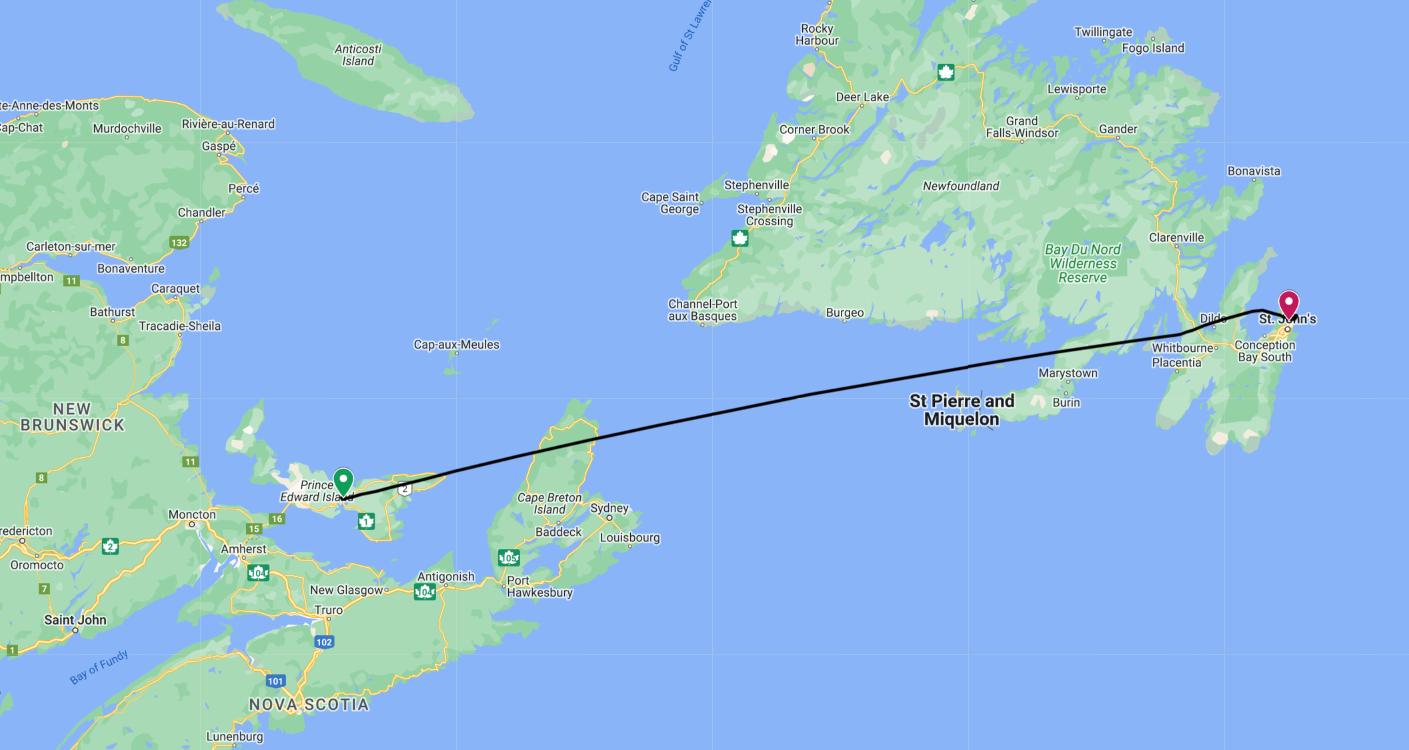
Rain showers were visible around and ahead as we drew closer to St John’s, on the eastern tip of Newfoundland. We flew through some as we entered the downwind leg for landing. The tower directed us to extend our downwind leg to allow for a commercial turboprop that was landing, and then to perform a 270-degree left turn to end up on a right base for landing to the west, into the wind. As we parked up outside the FBO a heavy squall blew through; I was glad to be wearing my drysuit as otherwise I’d have been absolutely soaked. We secured the aircraft as best we could in the absence of any tie-down points and headed inside to make plans for the next morning’s departure.
My first aim was to refuel, to save time the following day. Unfortunately, the FBO staff informed us that this would require taxiing all the way down to the other end of the apron to the fuel truck. I did point out that mobility was one of the defining features of a truck but apparently this particular truck had become stationary some years before and no plans were in place to get it moving again. The wind and rain continued so we decided to push this to the morning, when conditions would be a little better. All that was left was to finalise and file the flight plan for the next day, which went mostly smoothly apart from an issue with the exact format of filing latitude and longitude number. The online guide I followed turned out to be out of date, but Canadian Flight Services quickly phoned back and corrected it for me.
Other important data for this flight plan was to include our satellite phone details. Typically HF radio would be required on this route, as the standard VHF radio fitted to the aircraft has a range of little over 100 miles. For one-off flights however a waiver can be obtained from Air Traffic Control to use a satellite phone instead, and I had arranged this with Gander and Santa Maria Oceanic control centers. Satellite phones can be rented quite reasonably, and crucially a model was available that will connect via Bluetooth to a headset. Without this feature it would be entirely impractical to use it in the noisy cockpit of a General Aviation aircraft.
With the formalities taken care of we headed to the airport Holiday Inn. The van from the Best Western had turned up to collect us after the FBO phoned the wrong hotel but they kindly offered to drop us off anyway as the two hotels were adjacent. We headed straight into town for dinner at the Duke of Duckworth, a very folksy pub with an aged, nautical feel down a small back alley.
It felt exactly like how I had always imagined a pub in an old seafaring town would, and did excellent fish and chips. After dinner (2 meals for Juvy, as was now customary) we walked the waterfront a little before deciding that it was far too cold, and retiring to the hotel for an early night.
Click here to read the next part of the story.
















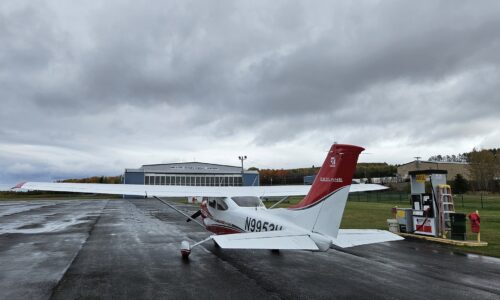
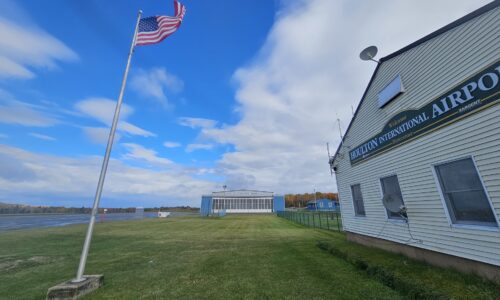

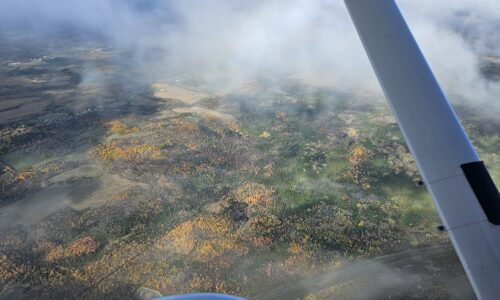


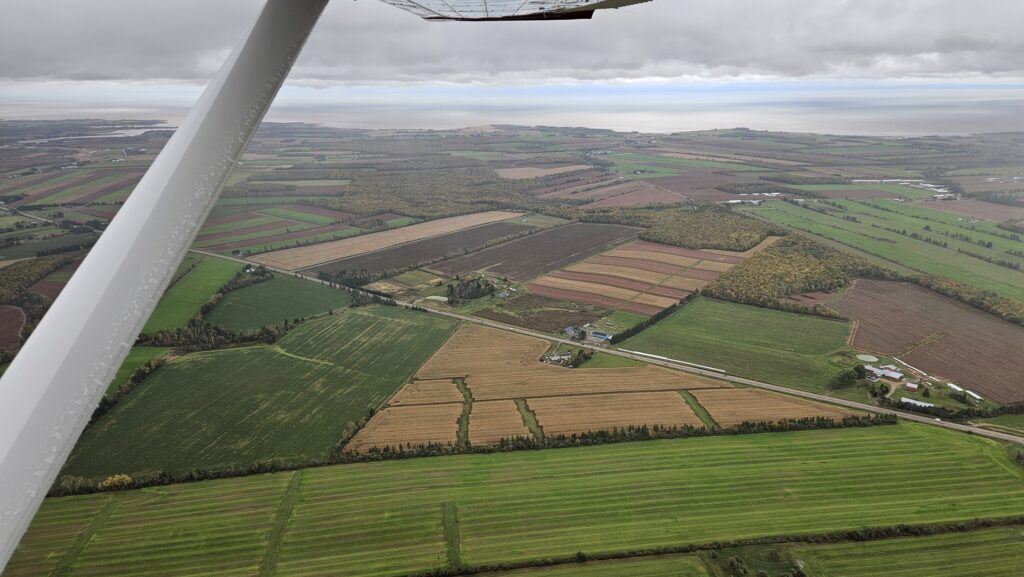
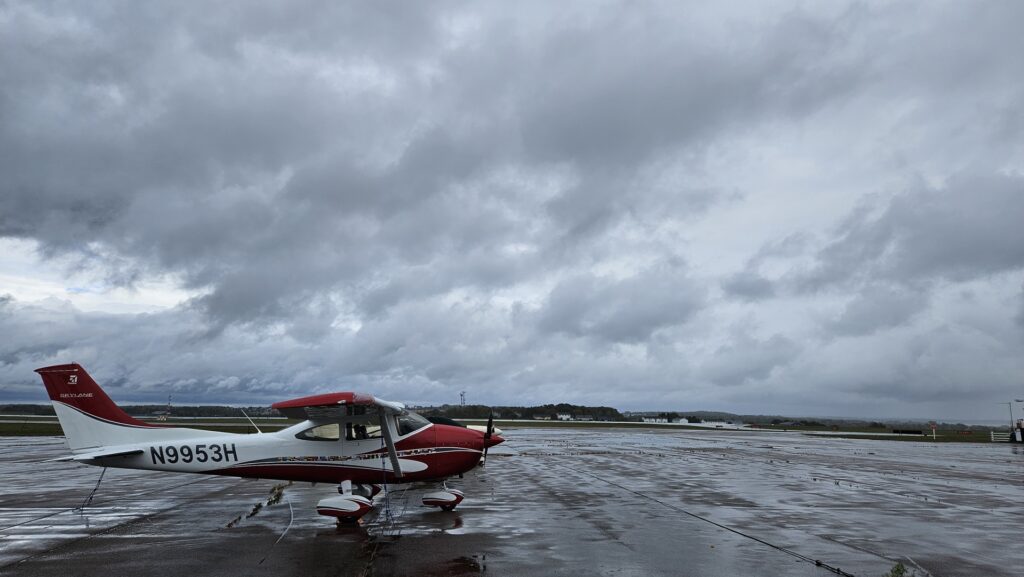

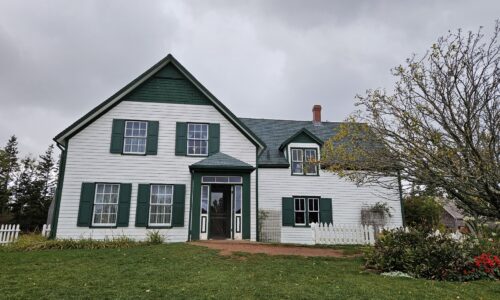

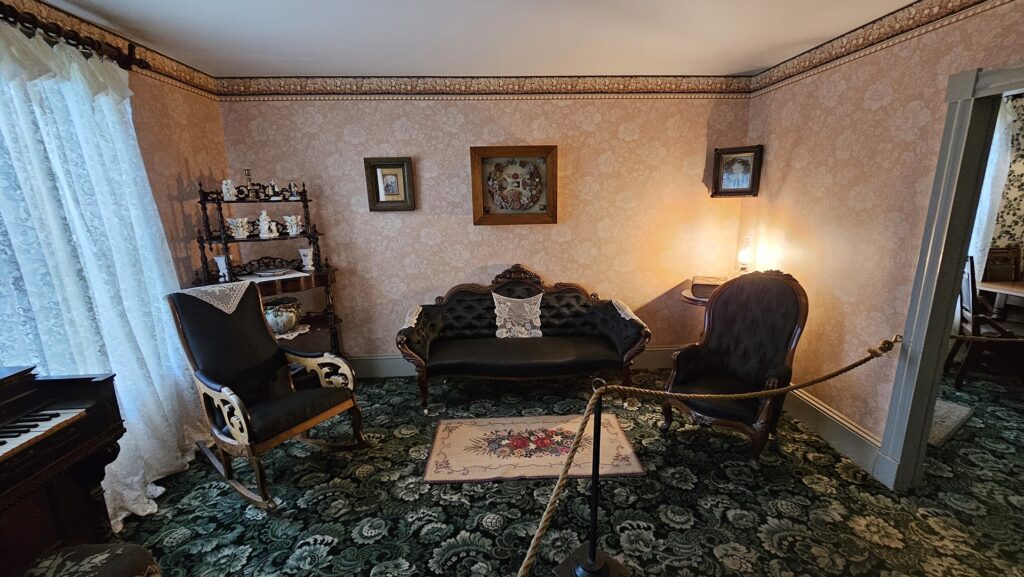








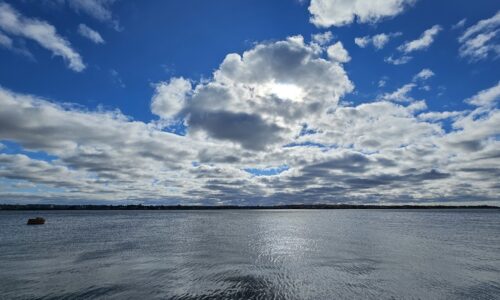

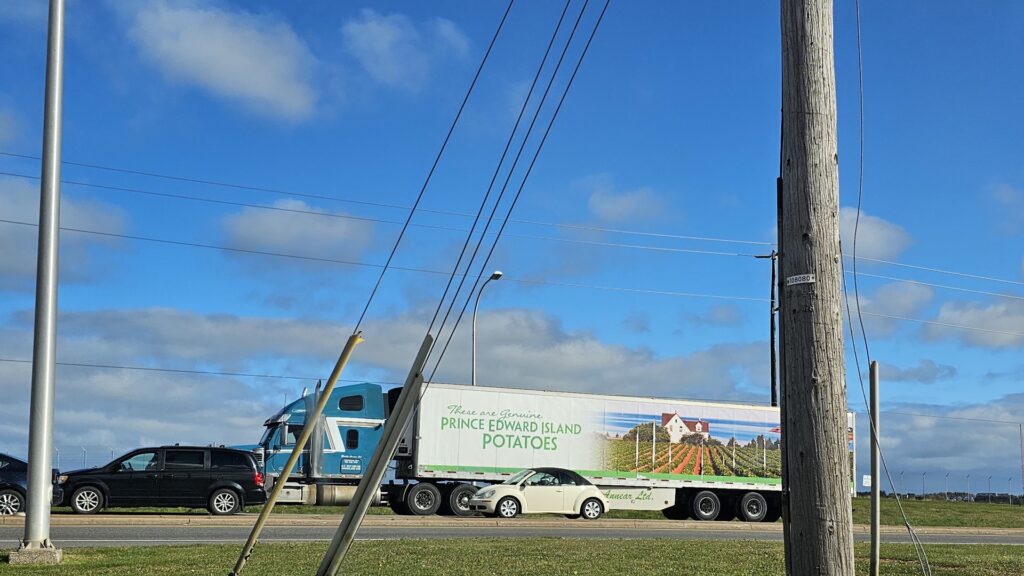
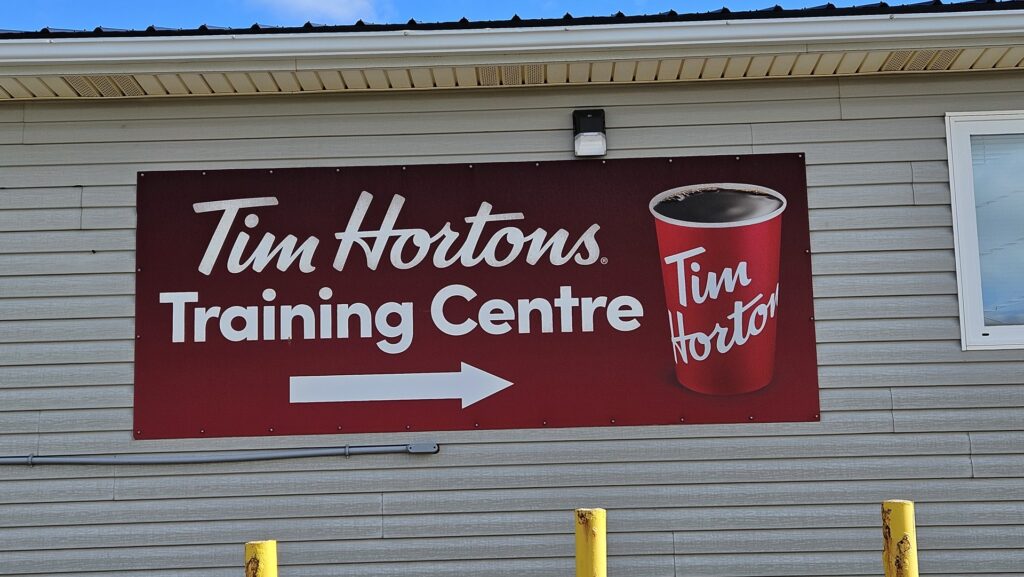










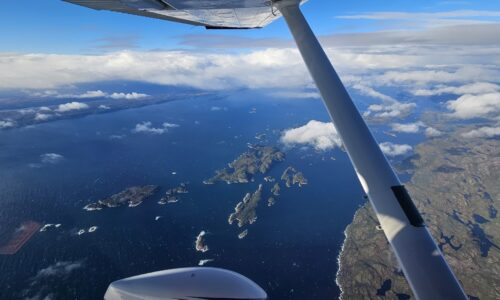


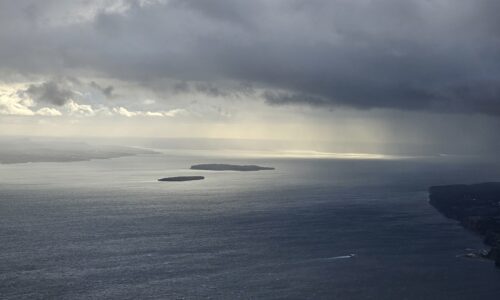



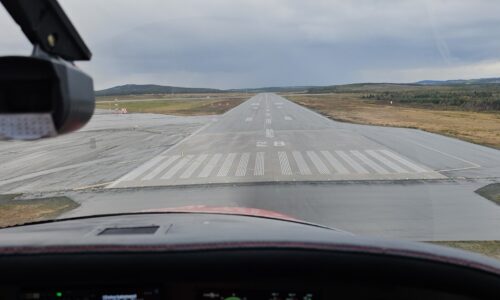
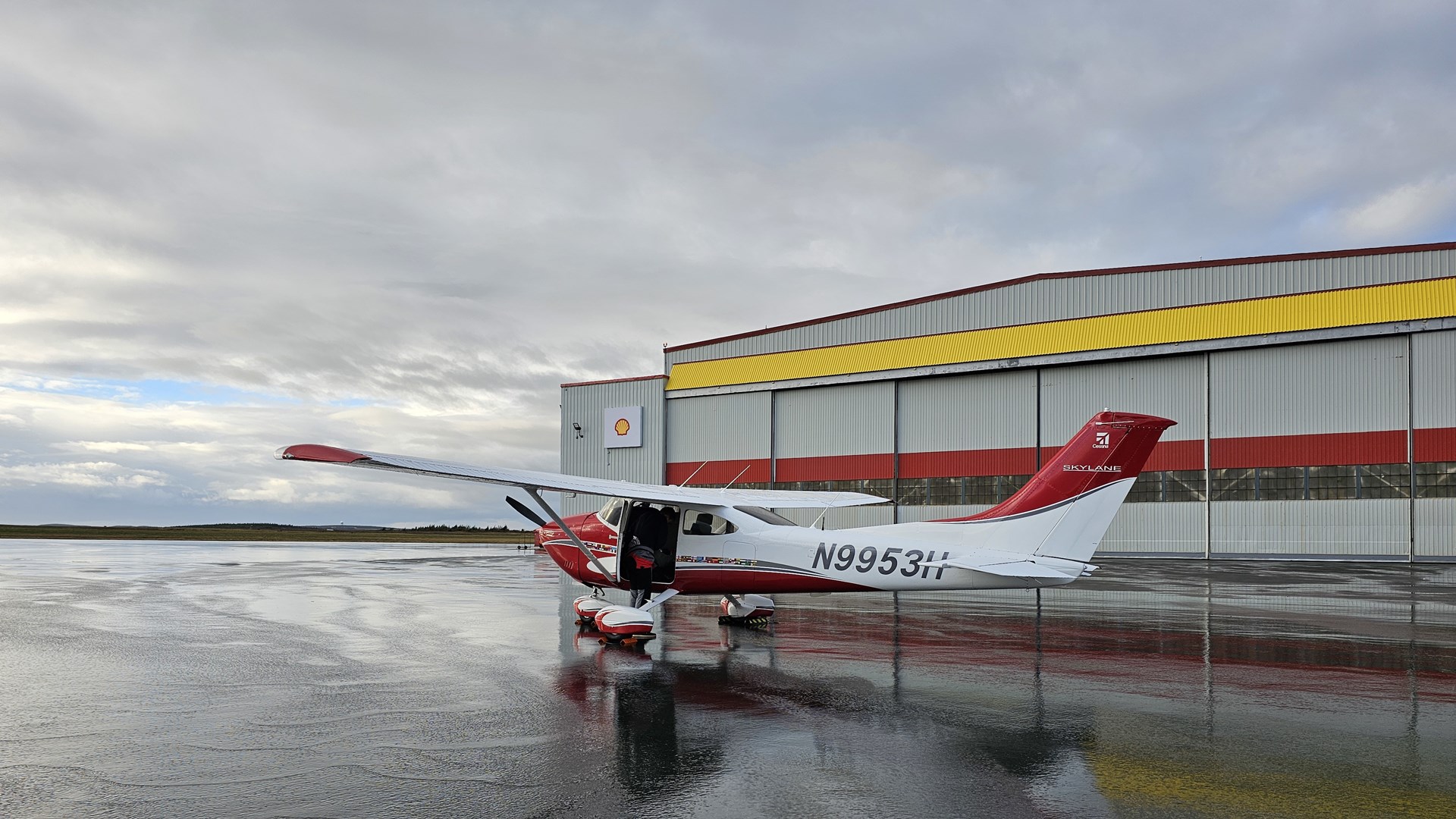



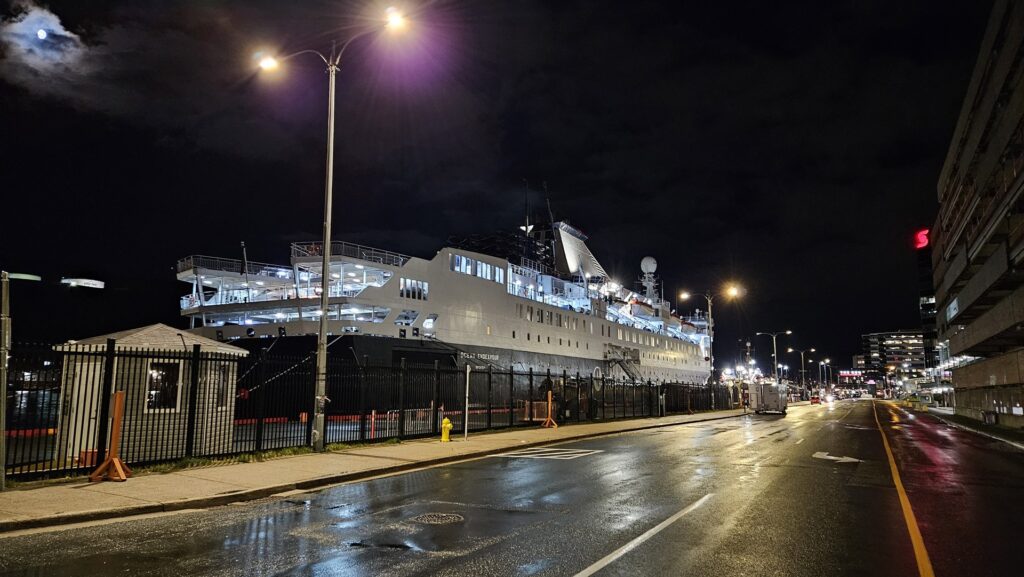
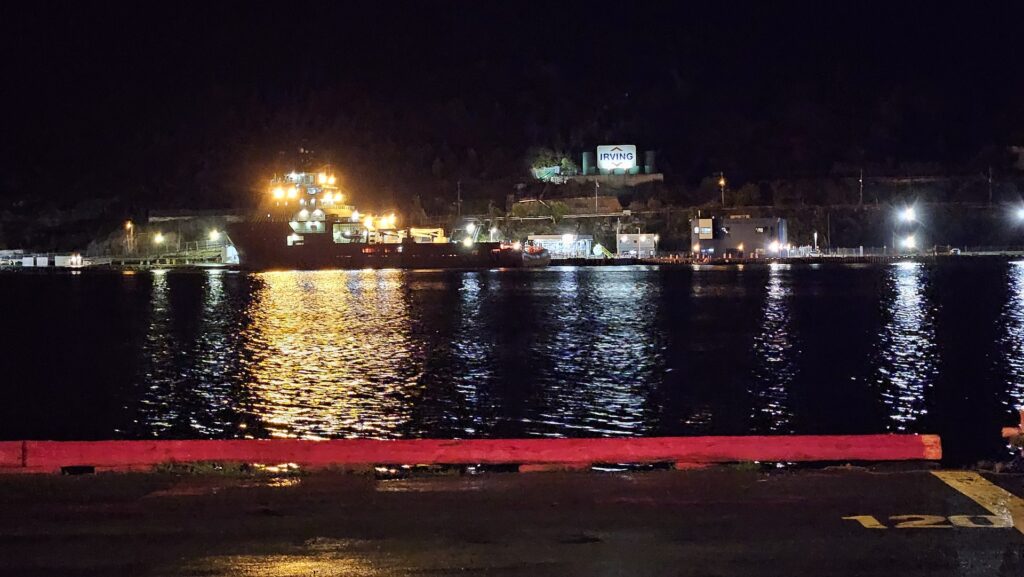
4 thoughts on “Return to Australia – The Atlantic, Part 1”
I see that you are off on another adventure. After you get to Australia, are you going to continue around the world again, or are you staying there for a while?
Hi John. Staying in Australia for a few years again!
Wow! What a journey!
Just started reading and this is so exciting!
Thanks for sharing!
Thanks Norbert – glad that you are enjoying the write-up!